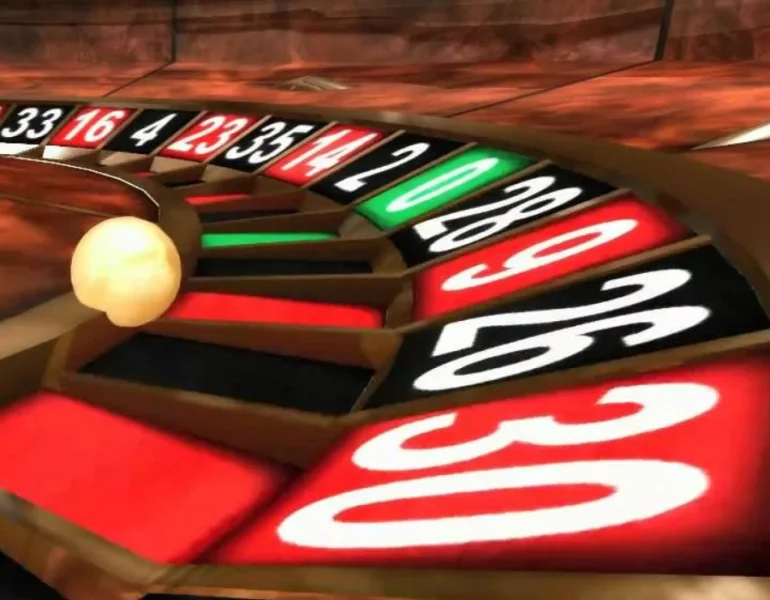
Recall that negative progression systems, such as Martingale, are based on increasing the bet after a loss. Insurance systems, on the contrary, are based on decreasing the bet after winning.
As you can see, these two approaches do not contradict each other; therefore, there are strategies that combine them into a single whole. A striking example of this is the D'Alembert system (D'Alembert), known to players in roulette and other casino games for many years.
How to play the D'Alembert strategy?
The basic idea of this strategy is to adjust the bet consistently based on the outcome of the previous draw.
- If you win, the bet should be decreased,
- If you lose, you increase it.
Generally, this system is used by beginners to play the odds in roulette. Usually, the game does not start with the minimum bet, which is doubled if you lose and halved if you win. However, depending on the game, the amount of the bet can increase or decrease.
Pros and cons of the d'Alambre betting system
This approach is believed to minimize losses and provide fairly regular wins, but in practice, be prepared for occasional failures. If the losing streak is too long, you will reach the upper betting limit even sooner than when following the Martingale strategy, because you will not start from the minimum.
This is a great system for an even money bets, where winning and losing hands alternate evenly.
In this case, you will win by process. If the game consists of long repetitions, for example, the same color, you can quickly lose your bank.
At the same time, as in any other system, consistency is important in d'Alambert's strategy. If, after several losses in a row, your nerves give up and you go back to the original bet, the whole point of the strategy is lost. So decide for yourself whether this strategy suits you.
Varieties of the d'Alambera system
There is a methodology that is directly opposite to the d'Alembert strategy - Contra D'Alembert. In it, the bets are increased by one step when a win occurs and decreased by one step when a loss occurs. Thus, the game is played until a set amount is reached.
The bets are then returned to the original amount. This system is suitable for those who do not want to significantly raise the stakes when losing.
| Name | Soft | Return to player | |||
|
|
98.65% |
Play
T&C applies, 18+
|
|||
|
|
98.65% |
Play
T&C applies, 18+
|
|||
|
|
98.65% |
Play
T&C applies, 18+
|
|||
|
|
98.65% |
Play
T&C applies, 18+
|
|||
|
|
98.65% |
Play
T&C applies, 18+
|
|||
|
|
98.6% |
Play
T&C applies, 18+
|
|||
|
|
97.3% |
Play
T&C applies, 18+
|
|||
|
|
97.3% |
Play
T&C applies, 18+
|
|||
|
|
97.3% |
Play
T&C applies, 18+
|
|||
|
|
97.3% |
Play
T&C applies, 18+
|
Where to play with the d'Alambert system?
Don't forget about the free roulette games in Casinoz reviews. They allow you to practice playing different betting systems. The following casinos offer you to play roulette for money.
Conclusions about the d'Alambert strategy
Finally, let us remind you once again that the fallout of each number on roulette is in no way related to the previous number, so the effectiveness of systems based on this approach is very relative. Moreover, they will never protect you from losing, unless you can use a gap in the rules of the casino.
But in any case, if you regularly gamble, it is necessary to have an idea of the different systems, so that in each individual case, you can bet systematically, relying not only on fortune.







































